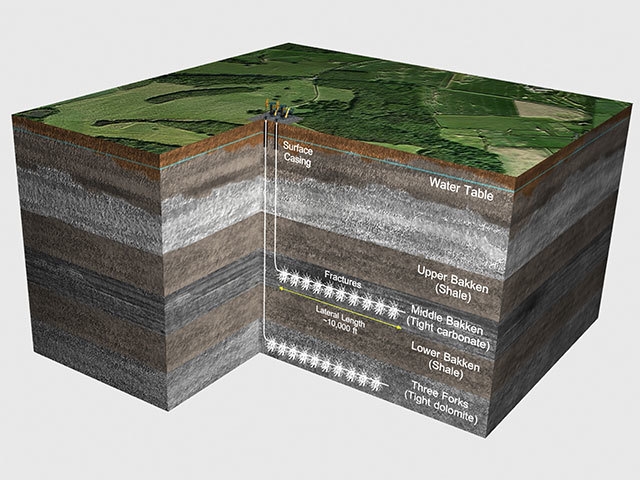
Oil production from shale formations in North Dakota and Texas have seen a significant increase, according to Bentek Energy and forecasting unit PLatts.
The barrels were found to have risen by 78,000 per day in August, which is a total hike of 3.1%. The data gathered by companies show that South Texas, Eagle Ford oil production was 37% higher than Augusts 2013, just short of 400,000 incremental barrels per day available to the domestic market.
The Platts Eagle Ford Marker, launched in October 2012, saw a daily price assessment reflect the value of oil out of the Eagle Ford Shale formation in South Texas. It has dropped 0.9% since 1 January while fluctuating between $94.2billion and $110.71billion.
Jack Weixel, director of energy analysis of the company, said: “This production is important to sustain storage levels at Cushing, Oklahoma in the face of higher refinery demand in the U.S.”
“Bentek estimates that from August 2013 to August 2014, total U.S. crude oil production has increased by over 1.5 million b/d.”
Crude oil production in the North Dakota section of the Bakken shale formation of the Williston Basin averaged nearly 1.2 million b/d in August, according to Bentek. This was 227,000 b/d higher than levels seen in August 2013. The price of oil out of the Bakken ranges between $83.35/b and $96.27/b since April 22, according to the Platts Bakken price assessment. It reached a high of $96.27/b in mid-June before leveling off and trading closer to the$90.3669/b average for the year.
Richard Capuchino, managing editor of Platts, said:”Prices of Bakken shale oil fell to the mid-$80.00 per barrel (/b) area between mid-August and mid-September, while prices of Eagle Ford shale oil trended below the $100.00/b level since mid-August.”
Platts introduced the world’s first independent daily price reference valuing crude oil produced from a shale formation in May 2010 when it began assessing Bakken Blend shale oil injected into pipelines at Clearbrook, Minnesota, and Guernsey, Wyoming.